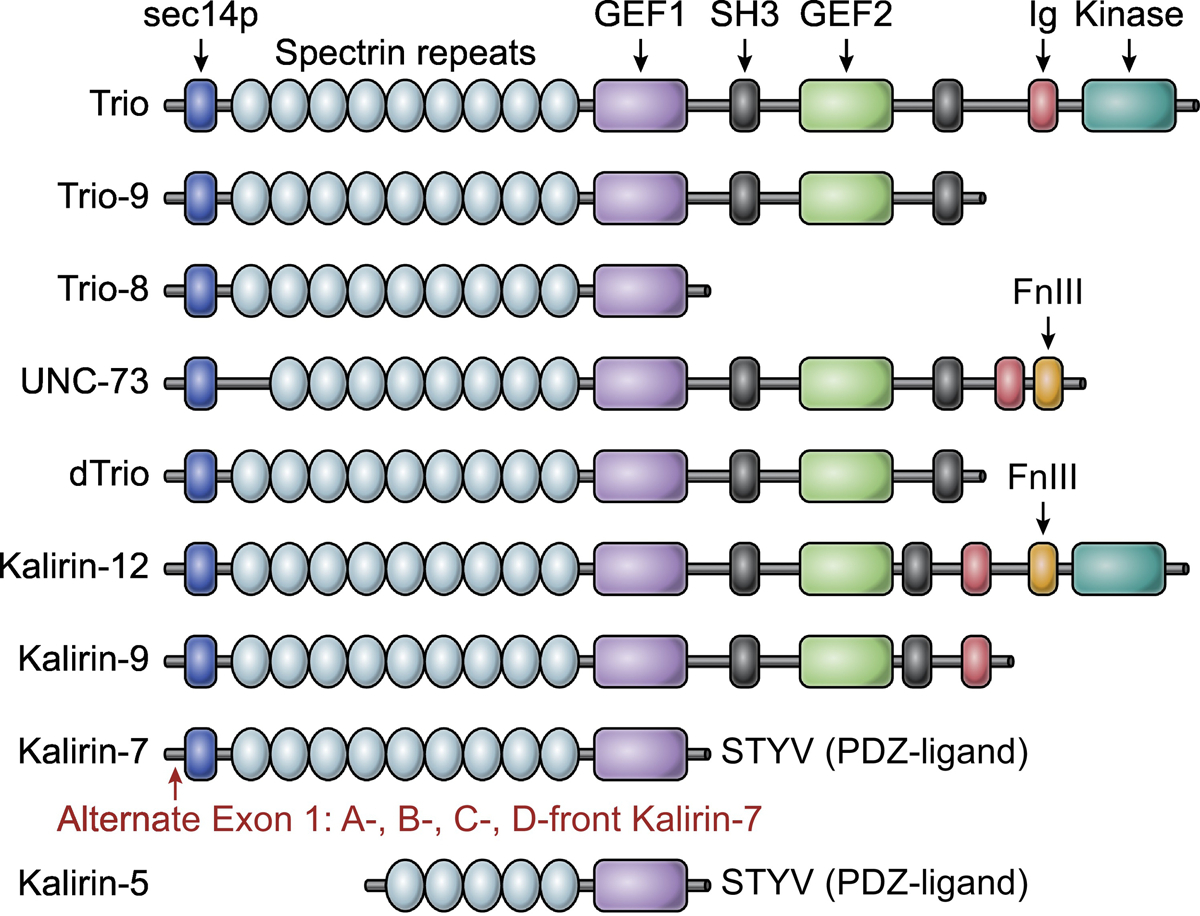Figure 1. Major Trio and Kalirin isoforms.

Alternative splicing of Kalirin and Trio genes gives rise to numerous isoforms. This alignment displays the dominant Trio and Kalirin species, along with the Drosophila (dTrio, row 5) and C. elegans orthologs (UNC-73, row 4). Kalirin and Trio contain two guanine nucleotide exchange factors (GEFs) that are composed of a catalytic Dbl homology domain, and a pleckstrin homology domain that functions allosterically. GEF1 activates Rac1 and RhoG, whereas GEF2 activates RhoA. Kalirin and Trio GEFs are well conserved, with the greatest sequence diversity observed in their non-GEF flanking sequences. Kalirin-7 and Trio-9 are the dominant species in the brain. Kalirin-7 is unique in that it harbors a C-terminal PDZ-ligand. Alternative start sites in exon 1 of Kalrn generate Kalirin-7 with various N-terminal sequences (so called a, b, c, and d-front Kalirin-7). For further structural highlights, see Box 1. Abbreviations: SH3, Src homology 3; FnIII, Fibronectin type III; Ig, Immunoglobulin; GEF, Guanine nucleotide exchange factor; PDZ, Postsynaptic density-95/discs large/zona occludens.
